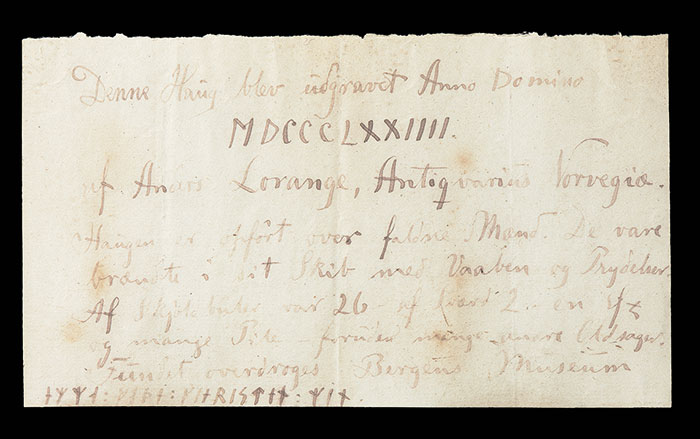NAGARDHAN, INDIA—The Indian Express reports that archaeologists from Deccan College have excavated the ancient capital of Nandivardhan. The city was home to the Vakataka dynasty, which ruled from A.D. 250 to 550, and is known for building the rock-cut Buddhist monuments in the Ajanta Caves of western India. The excavation, led by Shrikant Ganvir, has recovered the bones of domesticated animals including goats, sheep, pigs, cats, horses, and fowls; ceramics; ear studs made of glass; inscribed copper plates; votive shrines; an iron chisel; terracotta bangles and figurines; and a stone figurine of a deer. The artifacts have helped to confirm that Prithvisena, a Vataka king, moved the capital to Nandivardhan from Padmapura. The team also recovered a clay seal naming Prabhavatigupta, the chief queen of the Vakataka king Rudrasena II, which established that she became head of state after the king's death. An intact image of Ganesha, made without ornaments, is thought to have been used privately, and suggests the elephant-headed god was widely worshiped. For more, go to “Early Buddhism in India.”
India’s Ancient Capital of Nandivardhan Investigated
News June 12, 2018
SHARE:
Recommended Articles
Digs & Discoveries March/April 2025
Primordial Alphabet Soup
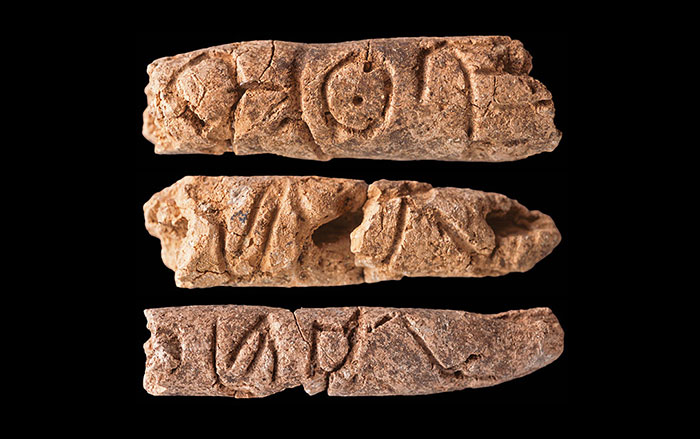
Courtesy Glenn Schwartz
Digs & Discoveries March/April 2025
Iberian Gender Imbalance
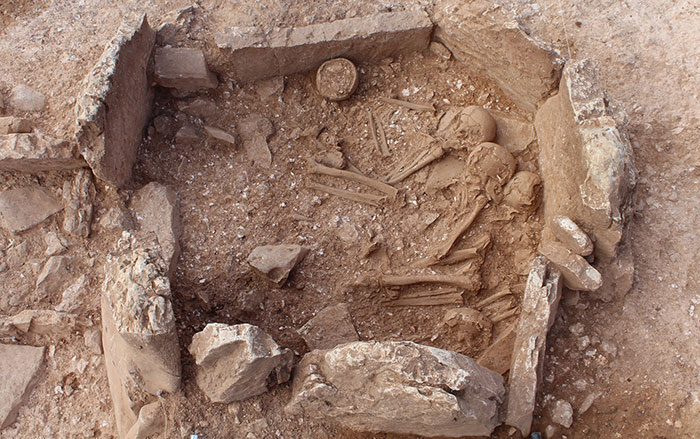
Universidad de Granada/Díaz-Zorita Bonilla, M. et al. Scientific Reports (2024)
Digs & Discoveries March/April 2025
Ice Age Needlework

Courtesy Spencer Pelton
-
Features May/June 2018
Global Cargo
Found in the waters off a small Dutch island, a seventeenth-century shipwreck provides an unparalleled view of the golden age of European trade
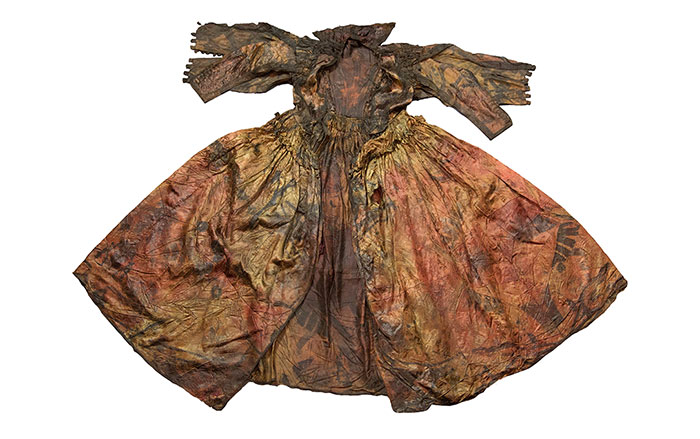 (Kees Zwaan/Courtesy Province of North Holland)
(Kees Zwaan/Courtesy Province of North Holland) -
Letter From the Philippines May/June 2018
One Grain at a Time
Archaeologists uncover evidence suggesting rice terraces helped the Ifugao resist Spanish colonization
 (Jon Arnold Images Ltd/Alamy Stock Photo)
(Jon Arnold Images Ltd/Alamy Stock Photo) -
Artifacts May/June 2018
Roman Sundial
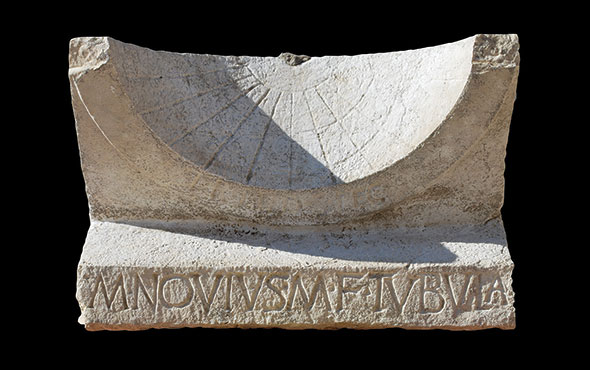 (Courtesy Alessandro Launaro)
(Courtesy Alessandro Launaro) -
Digs & Discoveries May/June 2018
Conquistador Contagion
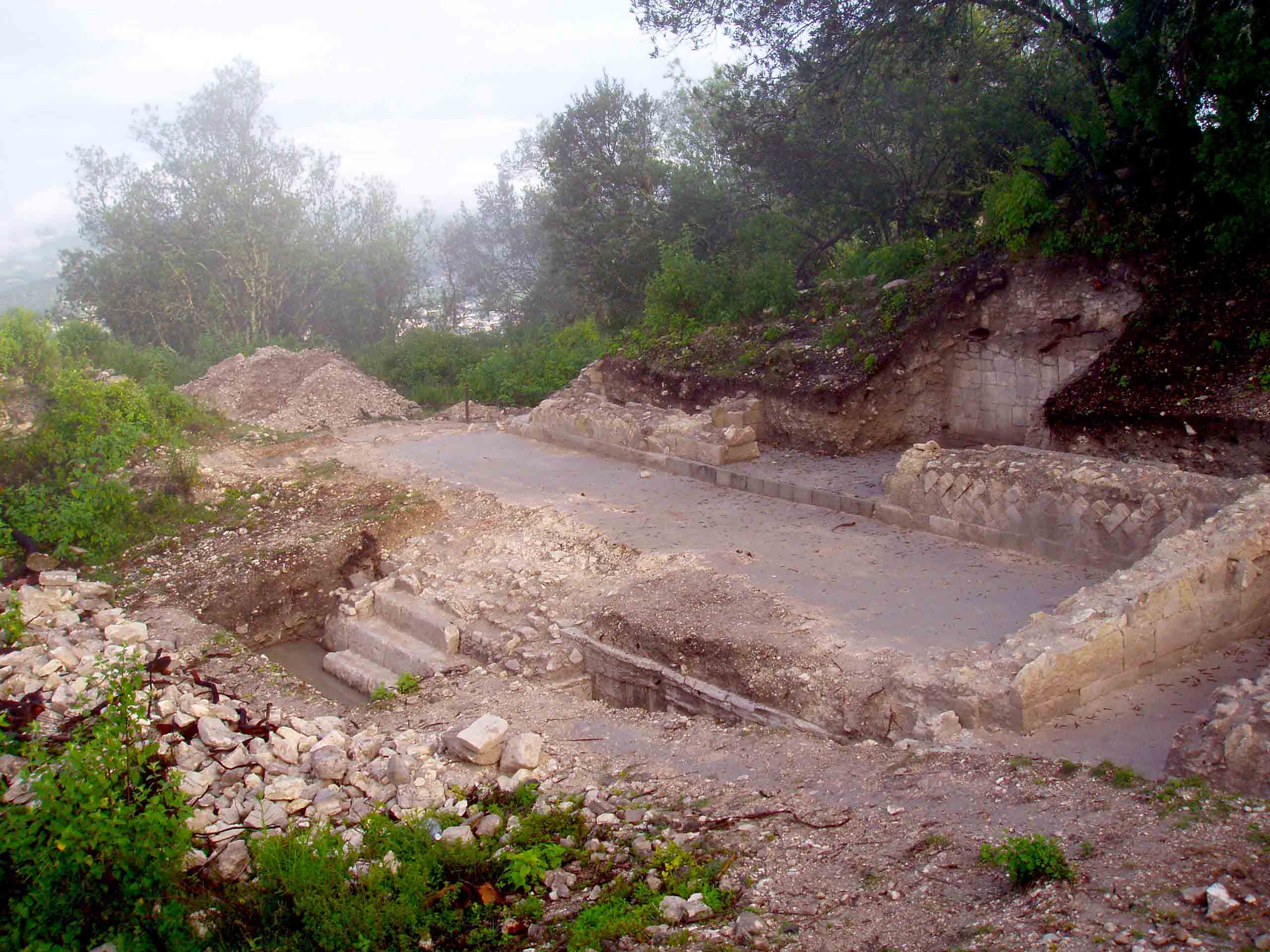 (Christina Warinner. Image courtesy of the Teposcolula-Yucundaa Archaeological Project)
(Christina Warinner. Image courtesy of the Teposcolula-Yucundaa Archaeological Project)


